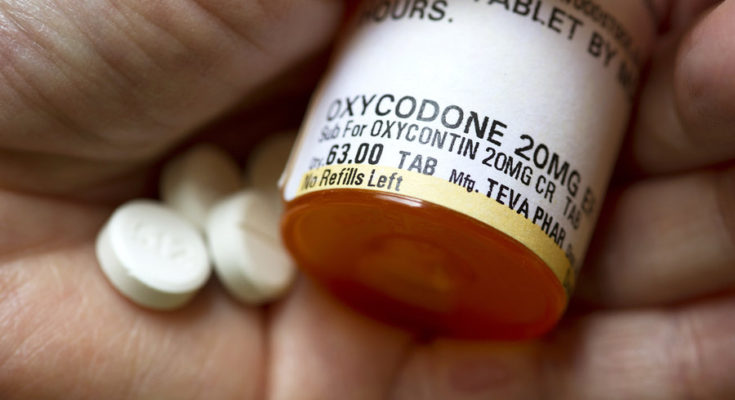The opioid crisis has hit many communities hard, leading to untimely deaths, higher health care spending and personal tragedies.
But the crisis may also be rippling into the economy in complex ways. Goldman Sachs (GS) economist David Mericle said a research note earlier this month that the opioid epidemic “is intertwined with the story of declining prime-age participation, especially for men.”
The declining labor force participation rate is something of an economic puzzle because the stronger economy should be convincing more Americans to return to the workforce. Instead, the share of American adults with jobs has dwindled by almost 3 percentage points since the recession ended.
Economists have posited causes ranging from weak demand for less-skilled workers to rising disability rates, but as Mericle points out, the trend has also coincided with the opioid crisis.
“Data on substance abuse treatment episodes also reinforce the narrative: Of admissions of individuals not in the labor force, 58 percent described themselves as being out of the labor force for “other” reasons — meaning they aren’t students, disabled, retired, inmates or homemakers — and 47 percent of these admissions were for opioids, well above the average rate,” he noted in the report.
Some job applicants may fail potential employers’ drug tests, which keeps them out of the workforce. In addition, many workers aren’t even trying to get a job because they believe they would flunk the drug test.
“Especially in companies that hire drivers, we hear a lot about how the drug tests are a problem there,” said Gad Levanon, chief economist for North America of The Conference Board, a business membership group. “Many of [the applicants] don’t pass it, so they can’t hire them — and they don’t know many aren’t even trying.”
About 2 million Americans are abusing prescription opioids, representing about one out of three opioid prescriptions, according to a report published last year by health care information company Castlight. Although opioid prescriptions have declined since their peak in 2010, the level is still three times a high as in 1999, the Centers for Disease Control and Prevention said last week.
Continue Reading: Another reason for missing workers: Opioids













